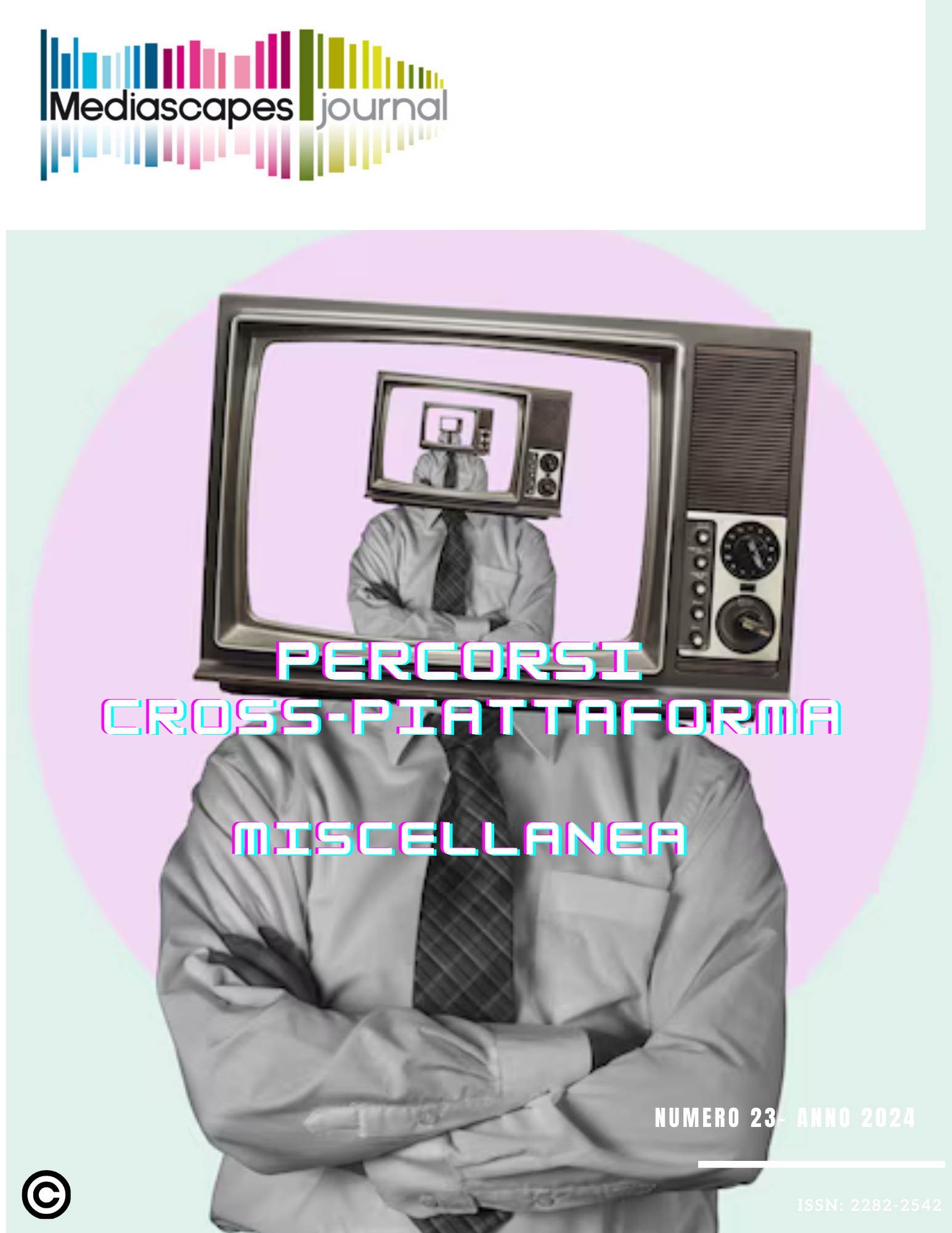L’Innovazione dei Servizi Pubblici attraverso l’Intelligenza Artificiale
Scenari di Innovazione Emergenti tra i giovani adulti
Keywords:
mediatization, artificiual intelligence, public services, young, co-designAbstract
Digital public services can improve communication processes and citizens’ engagement, thus contributing to enforce the relations between citizens and public administration. Recently, few public administrations are exploring the role of Artificial Intelligence (AI) to renovate citizens' interaction with digital public services. Academic literature has explored the way AI can improve services and the overall citizens’ engagement: AI can improve service effectiveness and automation, provide tailored services, offer assistance in specific contexts, and predict the evolution of different scenarios. In order to reach these aims digital public services should be designed following a ‘human-centered’ approach, thus ensuring sustainability over time. Social sciences need to investigate how citizens approach AI. The research shows the results of 4 focus groups carried out in Italy involving 40 young people belonging to two different age groups (14-18 and 19-24), with the aim to investigate young people's knowledge, expectations, and priorities in relation to the role of AI in digital public services and to design new scenarios of innovation. The paper reveals Italian young adults are reluctant to apply AI systems to public services. They do not trust AI in relation to the processing of personal and sensitive data. Using service design methods participants have been asked to define possible scenarios of innovation. Participants identify some areas of intervention (e.g. mobility, education, and health) and problematize some main issues, for example the lack of skills in interacting with AI. In conclusion, the research highlights some interesting young people's expectations and priorities in relation to AI and confirms the importance to co-design AI services with people.
Published
How to Cite
Issue
Section
License

This work is licensed under a Creative Commons Attribution 4.0 International License.
Mediascapes Journal is published under a Creative Commons Attribution Licence 4.0.
With the licence CC-BY, authors retain the copyright, allowing anyone to download, reuse, re-print, modify, distribute and/or copy their contribution. The work must be properly attributed to its author. It should be also mentioned that the work has been first published by the journal Anuac.
Having published these contributions for the first time, Mediascapes Journal will have the right to publish them integrally or partially as reprints or possibly as part of a thematic issue, in both digital and printed format.
It is not necessary to ask further permissions both to author or the journal.


